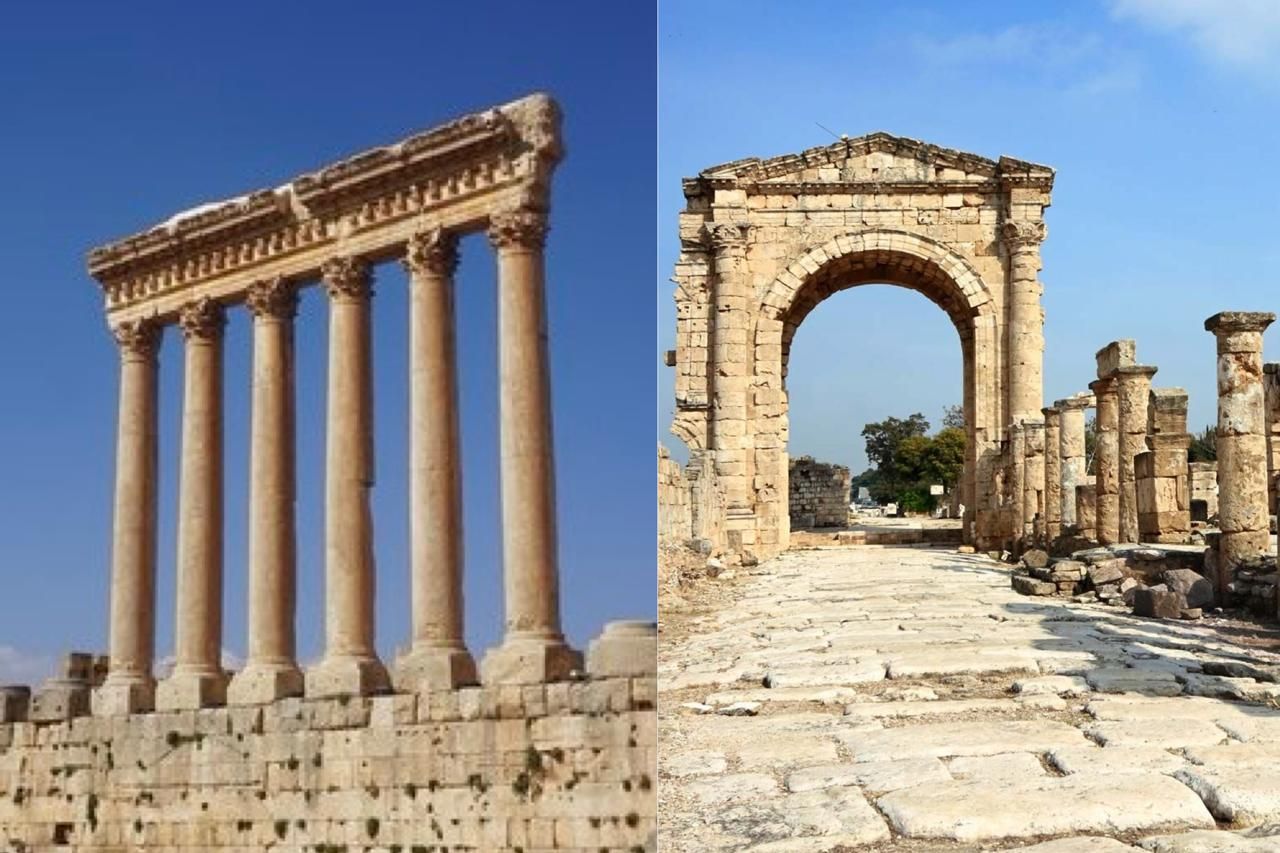
A UNESCO World Heritage gem, the archaeological site of Baalbeck in Lebanon is more threatened than ever by the conflicts ravaging the region. In November 2023, the decision of the Lebanese Minister of Culture to remove the “Blue Shield” that protected Baalbeck had already raised serious concerns. Today, as the risks of destruction intensify, this measure appears more alarming than ever. With the recent evacuation of Tyre requested by the Israeli army, Lebanon’s entire heritage seems to be in peril, making the mobilization to protect it more crucial than ever.
Listed as a World Heritage site since 1984, the complex of Roman temples in Baalbeck is one of the most impressive archaeological sites in the world. With its monumental colonnades and gigantic sanctuaries dedicated to Jupiter, Bacchus, and Venus, it stands as a testament to the grandeur of Roman architecture at its peak.
But today, this jewel is more endangered than ever. Located in the Beqaa Valley, near the Syrian border, Baalbeck is at the heart of a conflict zone. In August 2024, Israeli airstrikes occurred in the immediate vicinity of the site, raising fears of irreparable damage. Already, the Dome of Douris, a nearby medieval relic, was severely damaged.
The decision made in November 2023 by Lebanese Minister of Culture Mohammad Mortada to remove the “Blue Shield” that protected Baalbeck is now a source of great concern. This international symbol, intended to identify cultural properties to be protected in times of war, is primarily a symbolic protection. It signals that the site is a valuable cultural heritage and not a military target but offers no physical protection in the event of an attack. However, its removal had already sparked incomprehension and dismay among the international community and heritage defenders. In the current context of conflict, even a symbolic protection is an essential safeguard. Without this “Blue Shield,” Baalbeck appears even more vulnerable, making its preservation more urgent and crucial than ever.
Yet, local measures have been taken to try to secure the site. Contacted by This is Beirut, Mr. Bashir Khodr, governor of Baalbek-Hermel, assured that the Internal Security Forces (ISF) had cleared the area. According to him, there are “neither weapons nor physical presence within the ruins of Baalbeck,” and regular patrols would monitor it. Lebanese Ambassador Moustapha Adib also reportedly secured $100,000 in emergency aid from UNESCO to protect the site, including moving certain artifacts and installing sandbags as blast protection.
But the threat remains critical. The violent tremors caused by the bombings continue to shake the millennia-old structures of Baalbeck. The columns sway, and stone blocks detach from the walls. In the long run, the very foundations of the temples could be weakened, jeopardizing the stability of the entire complex.
And Baalbeck is unfortunately not an isolated case. The recent evacuation of Tyre, demanded by the Israeli army, raises fears that all of Lebanon’s archaeological treasures may be in danger. From Byblos to Anjar, through Sidon, many major sites are within range of strikes.
In the face of this increasingly worrying situation, safeguarding Lebanon’s heritage has become a crucial issue. Beyond their historical and aesthetic value, sites like Baalbeck embody the memory and identity of the country. Their loss would be a cultural disaster with incalculable consequences.
To protect them, the international community must urgently strengthen its mobilization. The legal framework defined by the Hague Convention, which prohibits attacks on cultural property except in cases of “imperative military necessity,” must be strictly enforced by all belligerents. On the ground, the action of the Blue Shields, a global network of heritage professionals, will be crucial in securing the sites, training local actors, and coordinating emergency aid.
But while awaiting better days, the fate of Baalbeck and other Lebanese archaeological jewels seems more than ever suspended by the randomness of bombings. Between hope and fatalism, heritage defenders, however, refuse to give up this vital fight to preserve our universal legacy. For to silently accept the destruction of such treasures would be to resign our memory to the whims of conflicts and particular interests.




Comments